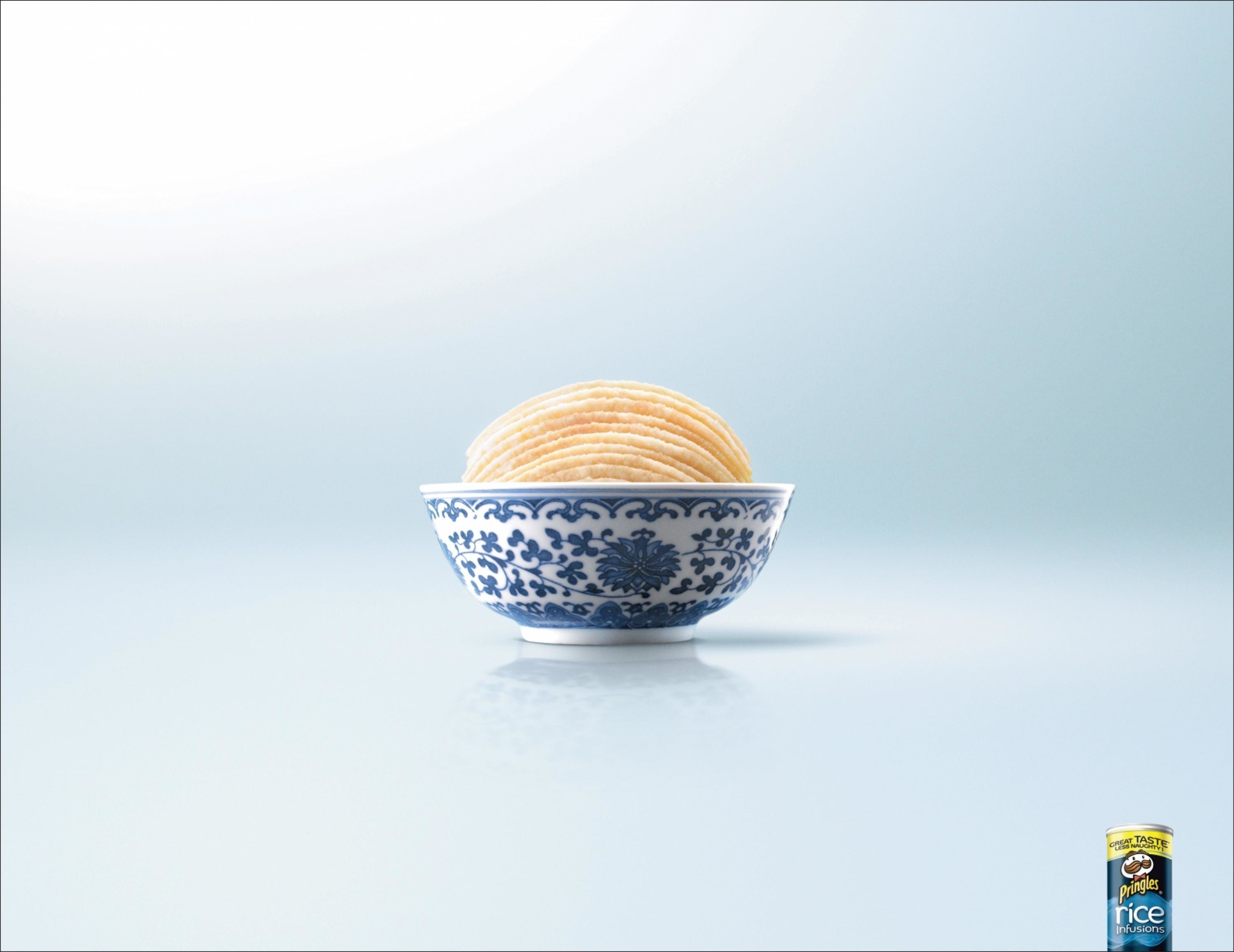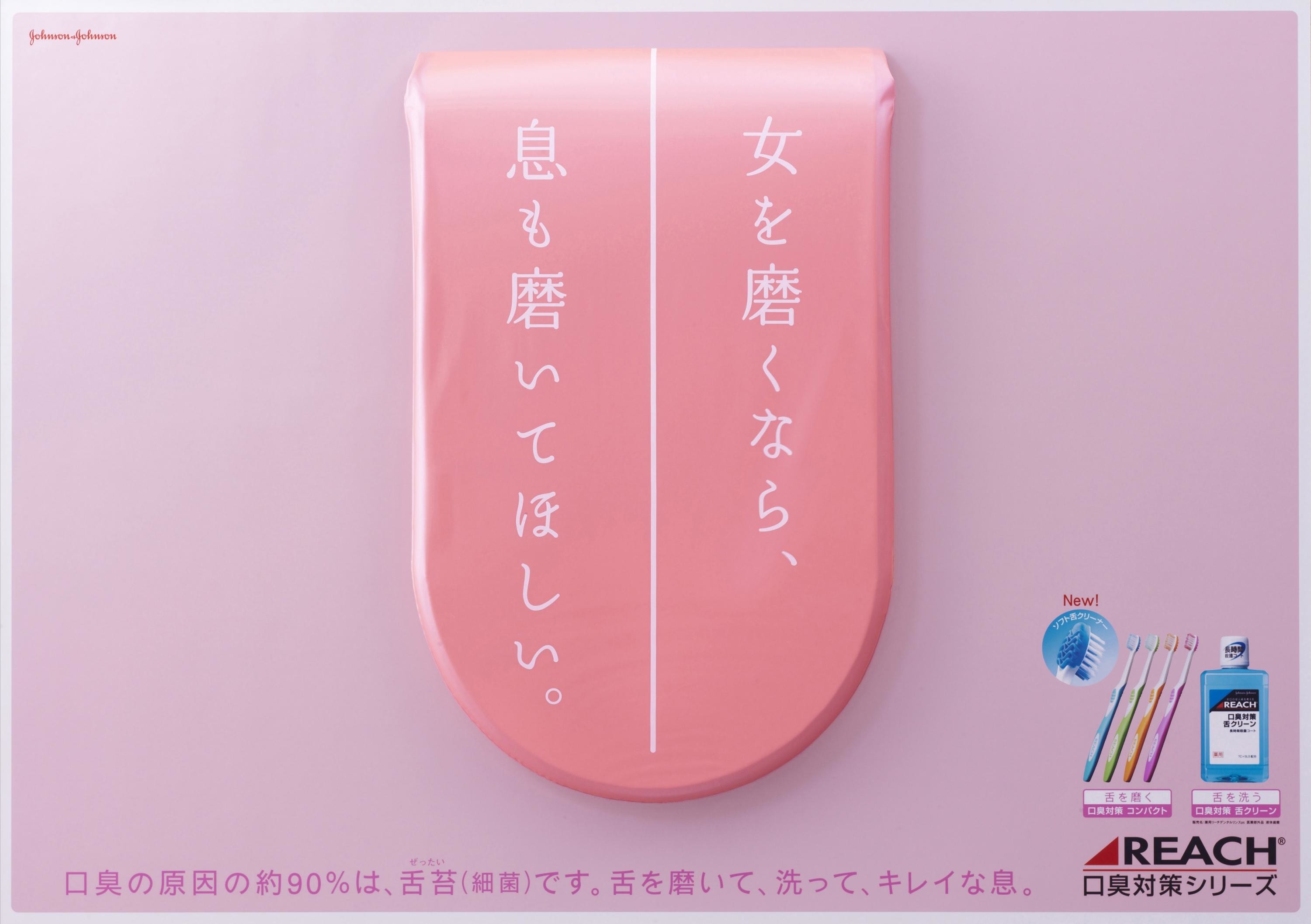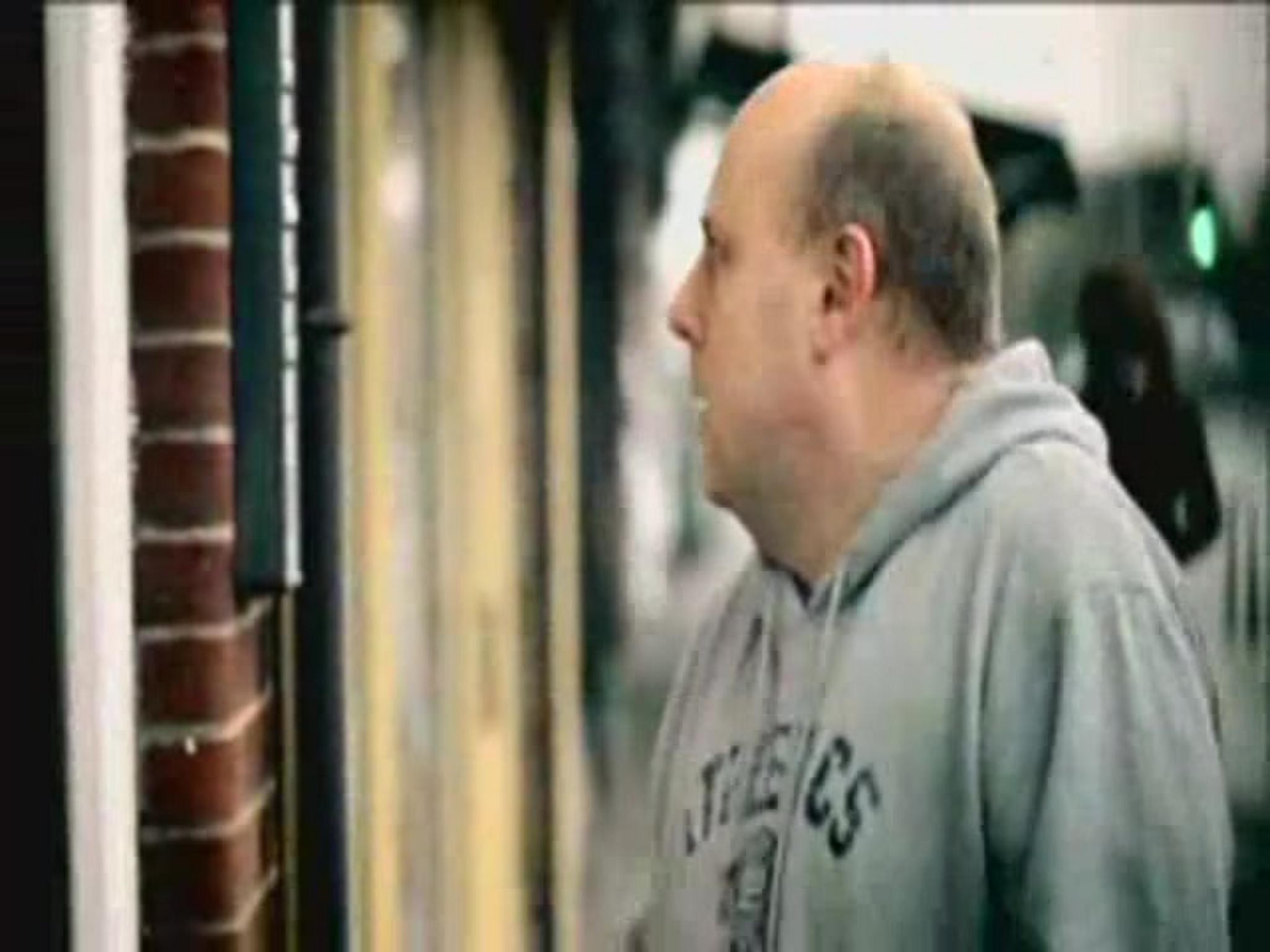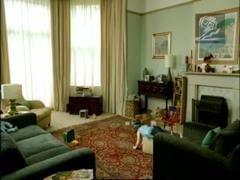Cannes Lions
THE PAIN SOUND LAB
OZMA , Tokyo / PFIZER / 2015
Awards:
Overview
Entries
Credits
Overview
Description
By bringing doctors and linguists together, "The Pain Sound Lab" was designed to create a new method of communicating to improve nerve pain diagnosis. Nerve pain is an invisible affliction, making it difficult to diagnose. Likewise, many patients suffering from nerve pain do not know how to describe their symptoms. The idea was to use "sound of words" in describing pain. In Japanese, people tend to express their feelings with non-vocabulary sound(onomatopeia)such as "Waku Waku" for exciting. "The Pain Sound Lab", a collaboration of leading experts among different fields, conducted research on the sound of pain. After releasing our findings, patients can describe their nerve pain with simple sound like "Jin Jin". 2 million patients have been diagnosed properly and had appropriate medication prescribed. Today the method is taught in graduate programs, and is the subject of research by doctors throughout the country.
Execution
"The Pain Sound Lab", a collaboration of doctors and linguists was set up in order to conduct research on the sound of pain. It involved leading experts among different fields such as the director of Japan Society of Pain Clinicians as a medical specialist (Dr. Ogawa), a linguist and a researcher on simplifying medical expression from National Institute for Japanese Language and Linguistics, (Prof. Takeda and Prof. Tanaka) a renowned professor specializing in mimetic words (Prof. Ono), and a specialist in medical communication (Prof. Sugimoto). They analyzed 1,390 words of sound and compared them to 8,000 patients in order to select specific "pain sound" which best reflects nerve pain. For instance, "Jin Jin" and "Piri Piri". We released our findings to the public throgh the website and seminars so that anyone could access them.
Outcome
Numerous research laboratories and media outlets responded, and doctors and patients began to use the method in great numbers. Now patients can describe their nerve pain with simple sound like “Jin Jin”. Once "pain sound" caught the attention from the public, nerve pain made itself known as one of the cause for severe chronic pain. Among patients who had been suffering from chronic pain, the awareness of nerve pain increased from 47% to 80%. (Source: Pfizer Survey) Using “pain sounds”, 80% of patients have felt confident of being able to describe their symptoms to doctors.(Source: Pfizer Survey) The number of prescribed patients who have been diagnosed properly as suffering from nerve pain, has risen from 260,000 to 2 million.(Source: Pharmaceuticals and Medical Devices Safety Information by MHLW)
AVE for TV and Radio: 55,208,000 yen
AVE for Newspapers and Magazines: 55,442,632 yen
AVE for Websites: 60,005,313 yen
Total PR value of the campaign (May 2014-April 2015): 170,655,945 yen
*Total PR value of the campaign as a whole since June 2014: 592,403,528 yen
Similar Campaigns
12 items







